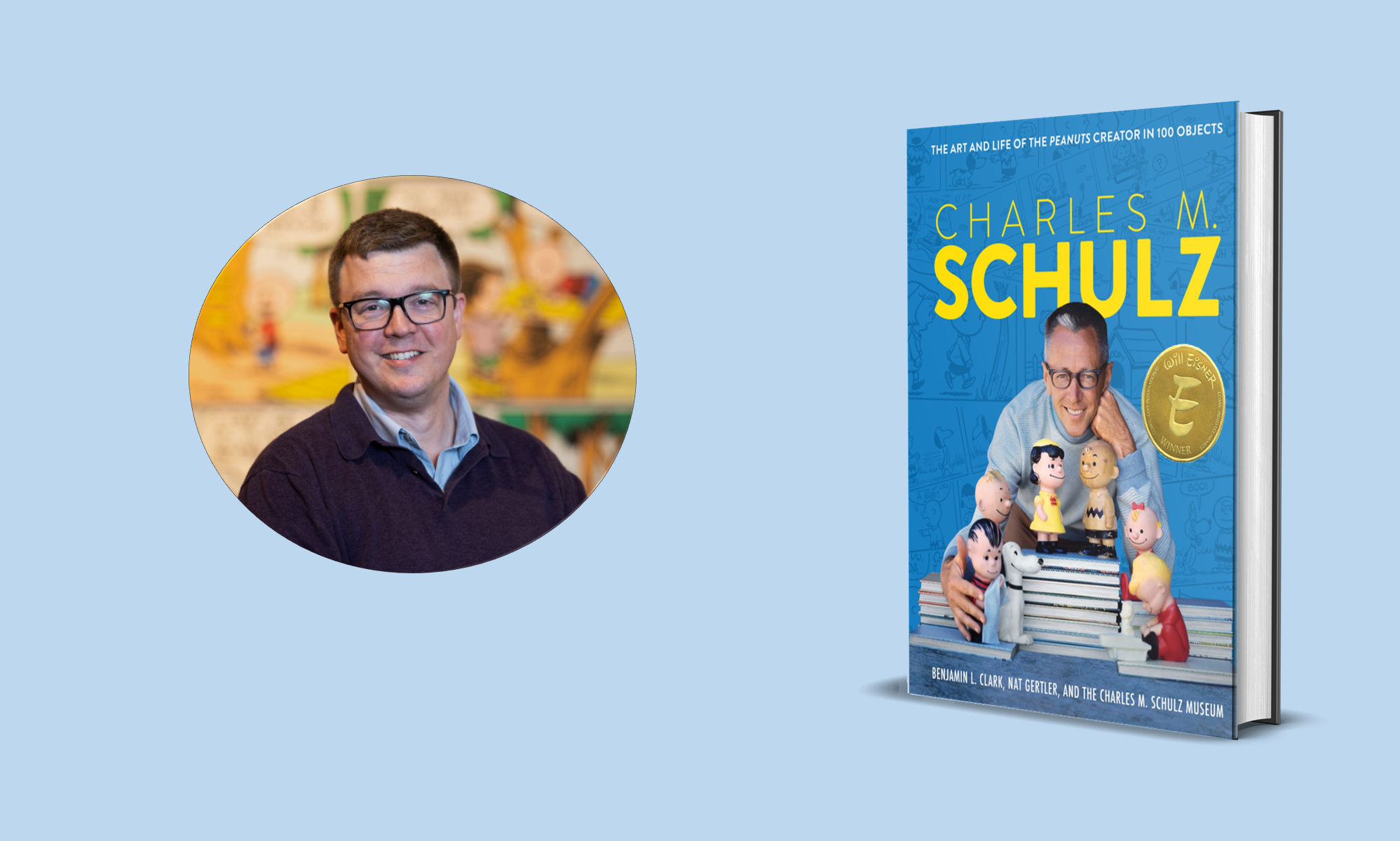Michael’s Old Books – Oklahoma City, OK

This is how I remember it: A sagging roof, peeling paint, cracked windows, maybe a missing pane replaced with a bit of cardboard. But there’s a sign that reads simply: BOOKSTORE. The hardened bibliophile will recognize the urge, this compulsion, to dive into what you are sure is a rodent-infested fire-trap, because, well, you never know. “Anything can be anywhere,” the old saying repeatedly proves. Perhaps it is more the domain of the true bibliomaniac to ignore potential and obvious hazards alike, to shrug away discomforts, and “just stop and look for a minute.” All of us who love books perhaps a little too much understand the impulse.
The proprietor of this establishment had no interest in actually selling anything, though. Michael’s Old Books was a horrid old house converted by someone, I assume, named Michael, but maybe the original Michael was long gone, into a book hoarder stash. If it could broadly be called a book, it was fair inventory for Michael’s. Pamphlets, wrinkled brochures, rain-stained phone books, obsolete test study guides, industrial directories of interest to nearly no one. The truly “old” books were either long gone, or long buried. Here we find merely the out-of-date, out-of-style, out-of-touch. The building was not air-conditioned, which could make visiting on sweltering days completely out of the question. Not as much because of the heat, but because of the smell.
It was also never open. A big, grubby, grouchy man perched on a stool near the back door. My recollections of him are so vague I cannot remember anything more specific, only the memory of his presence. I also vaguely recall an old electric box fan stirring the fetid air inside this building, but that would have meant he had electricity turned on in this place, and I don’t think that’s possible. I have no specific memory of even bookshelves here, but just massive piles everywhere. And the sense that, yes, perhaps it was once a bookshop, or someone many years earlier had started to set it up but gave up.
On one website, I once left this review: “Bring cash. This is a store for those seeking serendipity. Including when it may be open. The owner does not observe the posted hours. Dusty and disorganized. Again, bring cash and dress down. He settles on his opening price by how you’re dressed, how eager you seem, and how much of a nuisance you’ve made yourself.” It reminds me that I stopped there one day after observing some activity — I drove by there almost daily to and from work at the Oklahoma Historical Society. So, I was dressed for the office, and the proprietor had said something about how I was dressed when it came time to negotiate the price — which was always negotiated since none of the merchandise was marked in the customary fashion of used bookshops.
As I wrote about bringing cash, and with the vaguest recollection along those lines, I must have bought something there once, but cannot remember what it could have been. I may have bought some bit of ephemera to donate to the archives at work — something I knew they would need, but was otherwise not that useful to me.
About the Author: Benjamin L. Clark writes and works as a museum curator.




